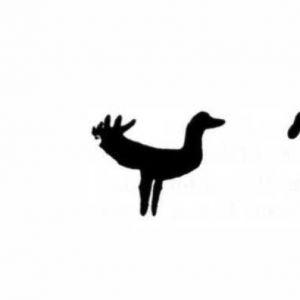The rehabilitation of the reed lake, a swamp that had become eutrophicated in the Culișer meadow, located in Salonta, Bihor county, has been carried out in the past 3 years within our project based on cross-border public-private partnership.
The Great Bustard in Romania
A timeline on the status of the Great Bustard on the territory of today’s Romania
2023

Nowadays
The field monitoring observations from the last 16 years confirm the existence of a cross-border Great Bustard population (about 40-50 individuals) in the area of Salonta, Romania.
1998
After the 1990s
The Great Bustard is thought to be extinct in Romania
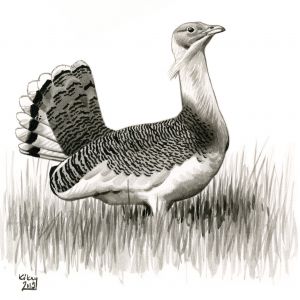
1988
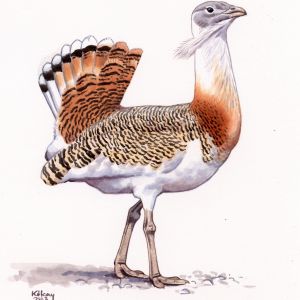
Around 48 individuals
scattered across the country's so called "hunting grounds", as it is still considered a game species
1979
Around 200 individuals
in the areas of Crișana, Banat and the Walachian Plain
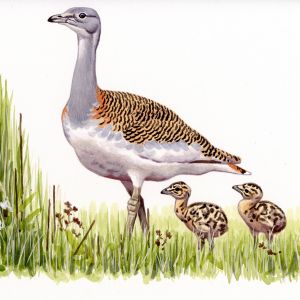
1948
The nationalization and early communist era
grasslands are tilled and converted into farmlands. The natural habitat of the species is compromised. Around 2,300 bustards in the 1960s
1940
Mechanised agriculture
the number of Great Bustards continues to decline
1938
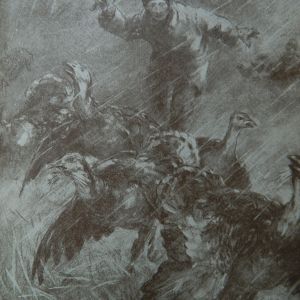
Records of 740 bustards killed
across the country in 1938. In the rainy winter days, the birds, unable to fly, are beaten to death by peasants.
1930
The Natural Monuments Act
is adopted for the protection of the natural heritage in Romania. It is meant to preserve the rarest species of plants and animals. The Great Bustard is one of them.
1921
The Land Reform
peasants are granted lands as the large estates are divided. The bustard populations are plummeting.
20th century
Falling numbers
in Banat, Dobrogea and the Wallachian Plain. The species has disappeared from The Transylvanian Plateau. Records of about 5,000 individuals at the beginning of the century
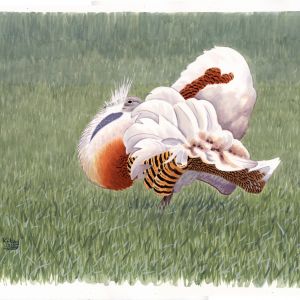
19th century
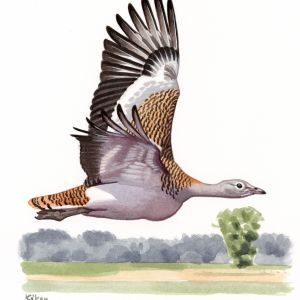
Stable populations
in Banat, Crișana, the Transylvanian Plateau, the Wallachian Plain, Dobruja and in a few other places in Moldavia
18th century
1705
Dmitry Kantemir, prince of Moldavia, but also a scientist, humanist and a scholar, refers to the Great Bustard as a "common species" in Moldavia.

16th century
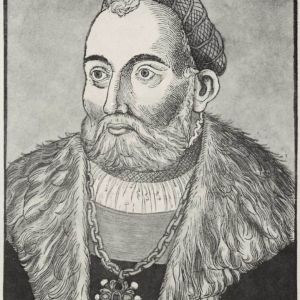
1522
Great Bustard meat is served at one of János Zápolya's banquets, voivode (governor) of Transylvania. Records of the species also in the Banat Plain.
6000-4000 BC
Neolithic bone tools
Archaeological excavations in the Tisza Plain and in Salca-Oradea reveal Great Bustard bones, probably used as tools
